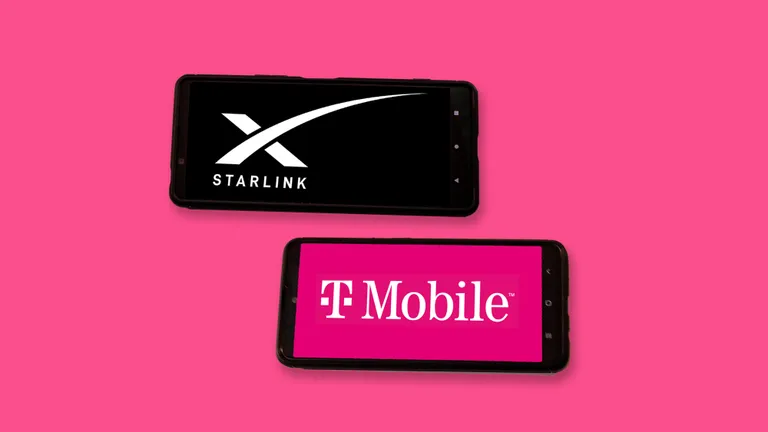T-Mobile is making a bold move in the satellite connectivity space by opening its Starlink beta to not only its own users but also those on AT&T and Verizon. With a full launch expected in July, this initiative aims to provide SMS service even in areas with no cellular coverage.
A Game-Changing Super Bowl Announcement
T-Mobile is expected to announce the beta expansion during the Super Bowl, highlighting its growing space ambitions. The company initially planned to offer the service exclusively to its customers, but Verizon’s recent ad featuring astronaut Buzz Aldrin led to a change of strategy.
“Candidly, this was not part of our original plan for the Super Bowl,” said Clint Patterson, T-Mobile’s senior vice president of marketing. “When we saw Verizon’s latest ad, advertising something that you can’t do on Verizon’s network, we felt like we needed to act.”
Beta Details: Free for Now, Paid in July
The Starlink beta will allow users to send SMS messages outdoors, even in remote areas. It is free for all T-Mobile postpaid users until July, and for a limited time, AT&T and Verizon customers can also join at no cost.
Starting in July, T-Mobile’s premium Go5G Next plan will include the service, while other plans can add it for $15 per month. Early adopters who sign up now can secure a $10 per month rate. AT&T and Verizon users can continue using Starlink for $20 per month per line, provided they have an unlocked eSIM-compatible device.
Satellite Coverage and Emergency Response
T-Mobile and SpaceX have already deployed over 450 satellites, covering 500,000 square miles of previously unreachable terrain. The technology has also played a crucial role in emergency response. During the Los Angeles fires and hurricanes last year, T-Mobile and SpaceX used Starlink to keep affected communities connected.
“In times of emergency, you kind of have to put down your competitive guards and realize that there are things more important,” said Mike Katz, president of marketing, strategy, and products at T-Mobile. “People affected by these tragedies need help.”
Additionally, T-Mobile will use Starlink to broadcast Wireless Emergency Alerts to all users nationwide, regardless of their provider.
Device Compatibility and Future Plans
T-Mobile has been collaborating with device manufacturers to optimize phone compatibility. While the beta initially supports a limited number of devices, it will gradually expand to include most T-Mobile phones from the past four years, including iPhone 14 and Galaxy S21 models.
Looking ahead, T-Mobile plans to extend its Starlink service beyond texting. Patterson confirmed that data capabilities would arrive later this year, with voice calling to follow.
As competitors like Apple and Google explore emergency satellite messaging, T-Mobile’s approach stands out by integrating its Starlink service directly into carrier networks. Katz emphasized, “The phones are all designed to search for the carrier network first and then go to the other one. And this is an extension of the carrier network.”
T-Mobile’s expansion of its Starlink beta marks a significant shift in satellite communications. By opening access to AT&T and Verizon users, the company is positioning itself as a leader in nationwide satellite connectivity. With future plans for data and voice services, this initiative could redefine how people stay connected in remote and emergency situations.



